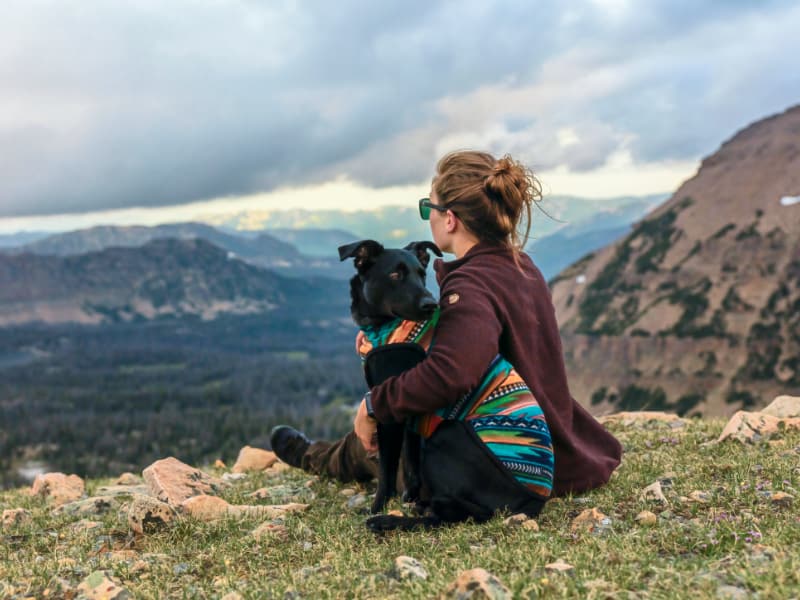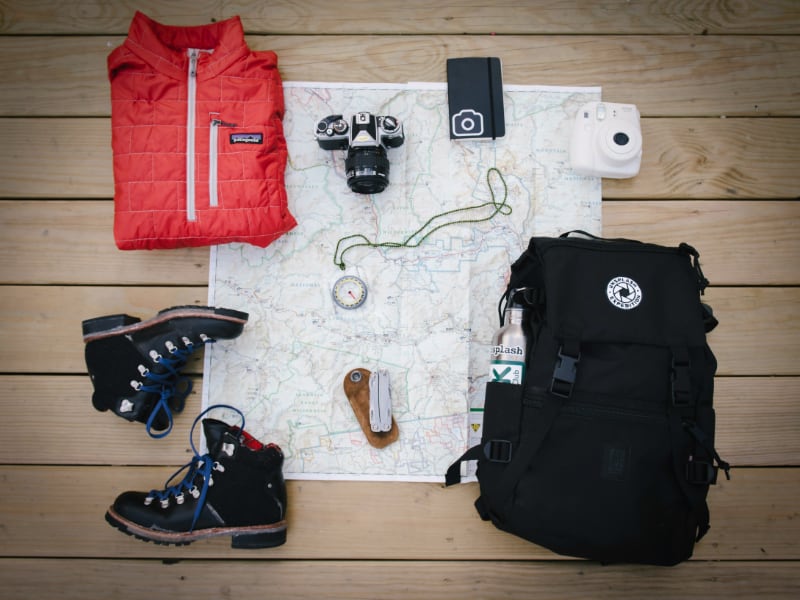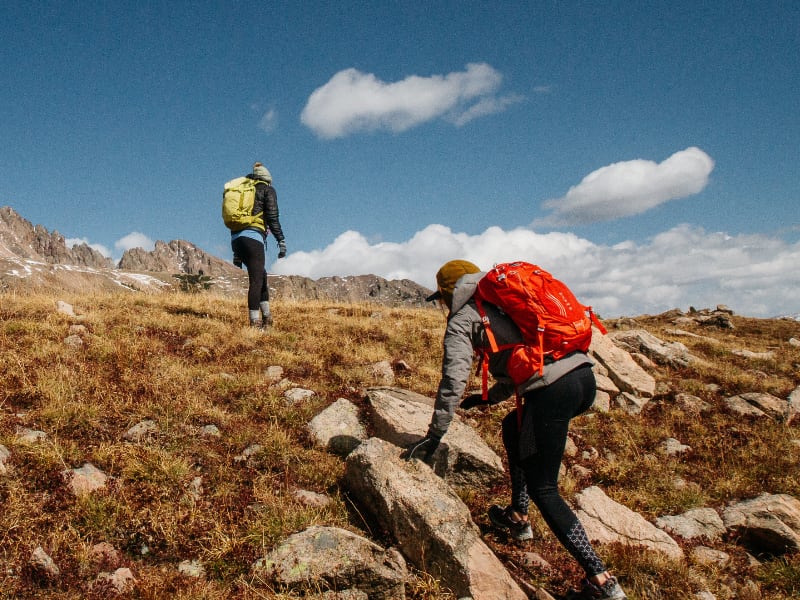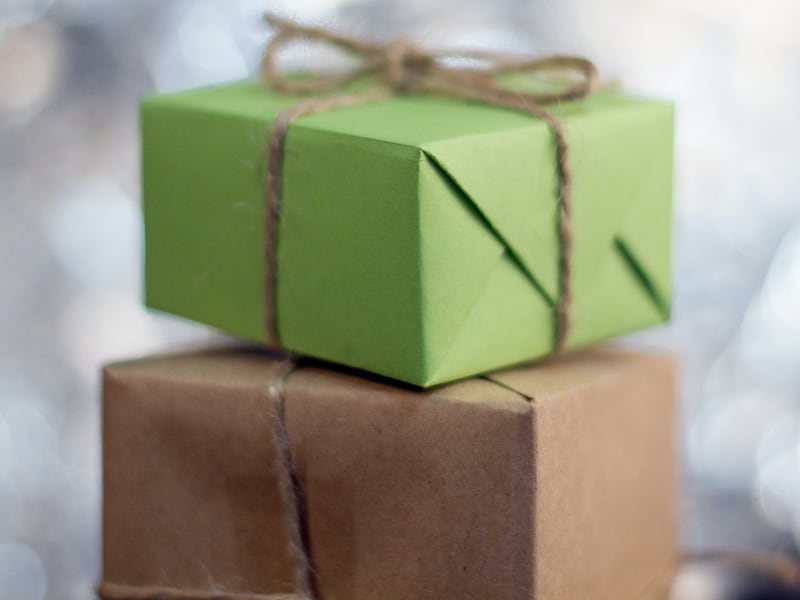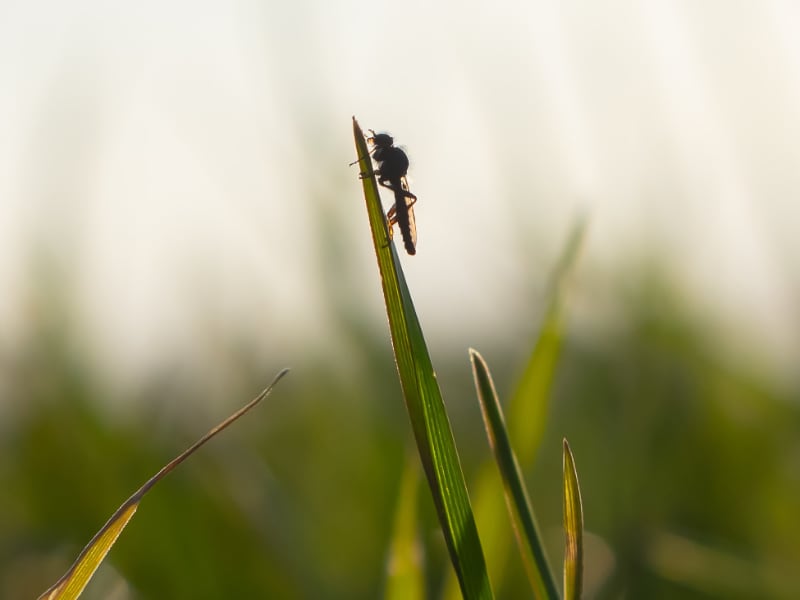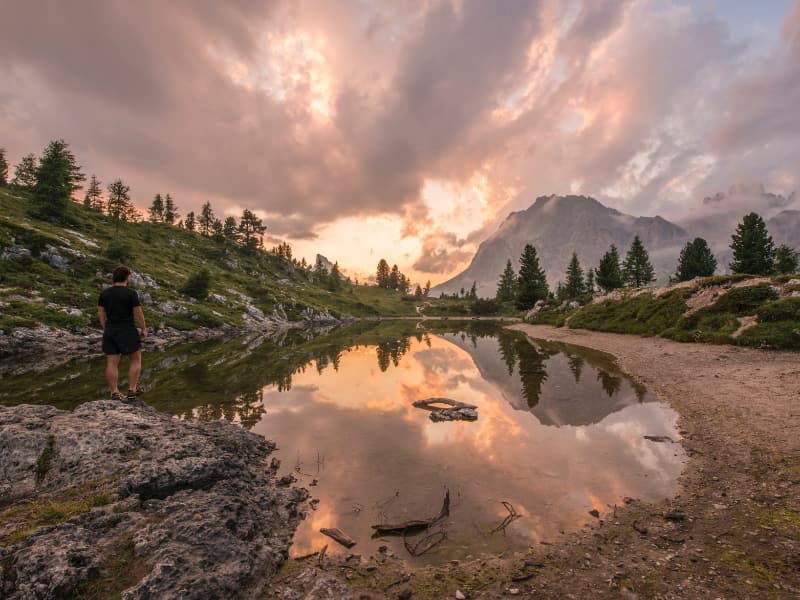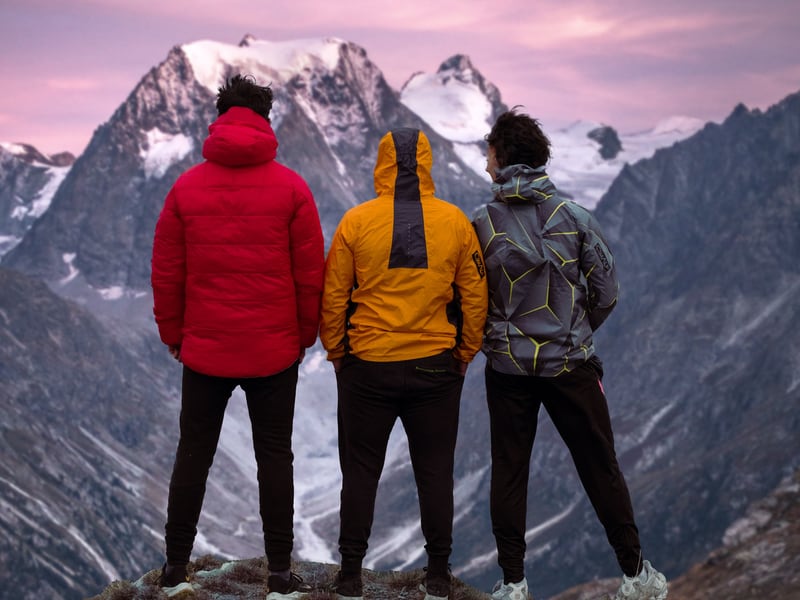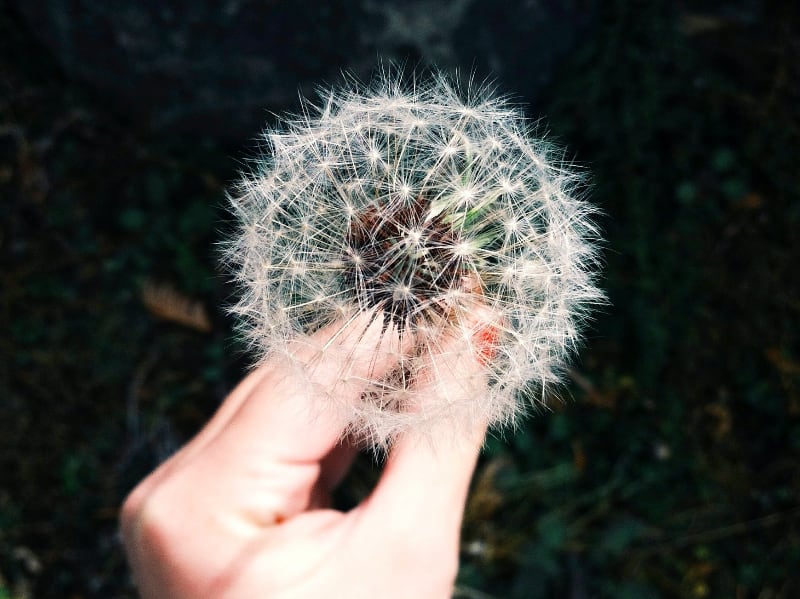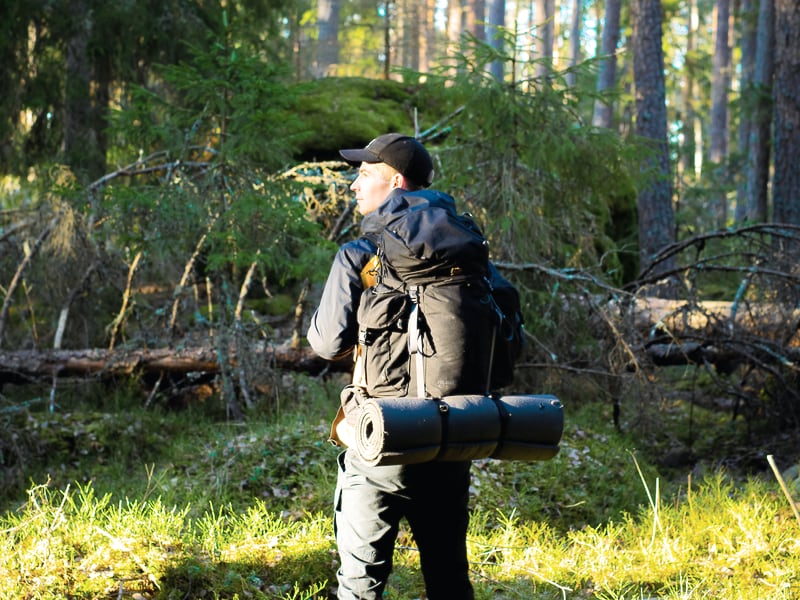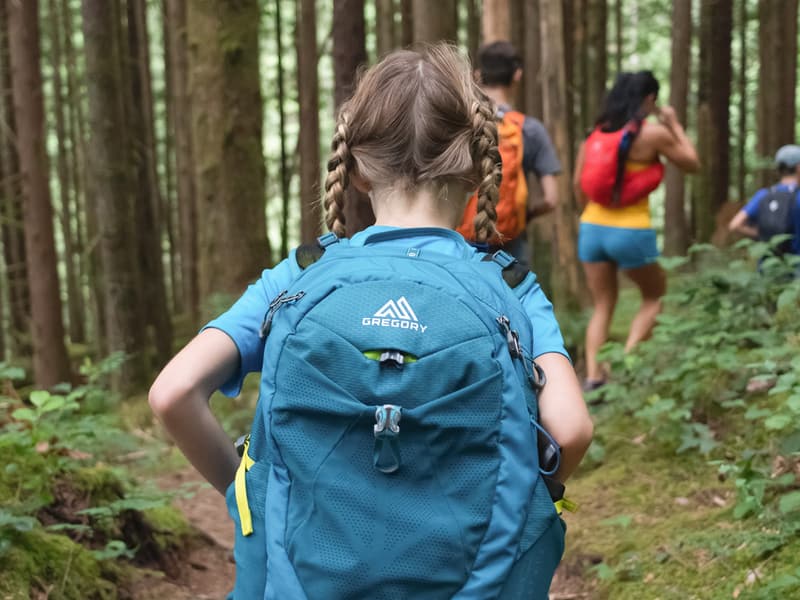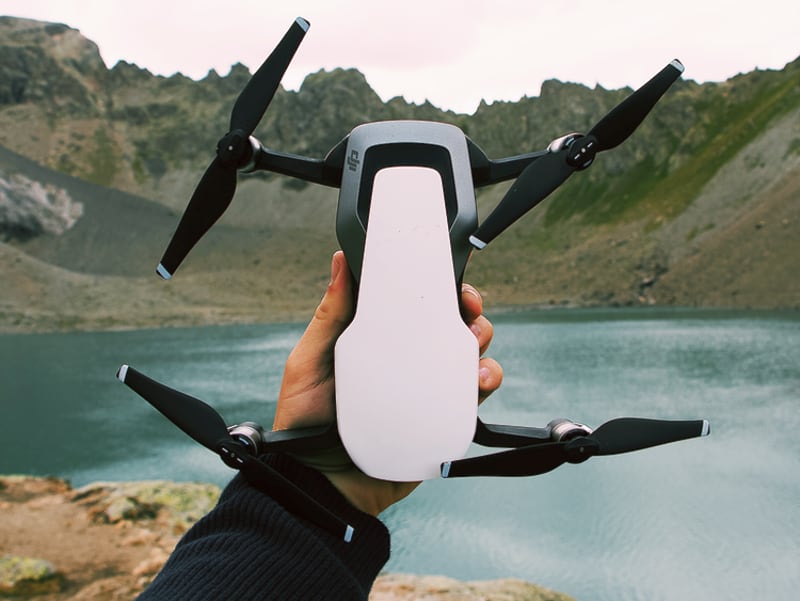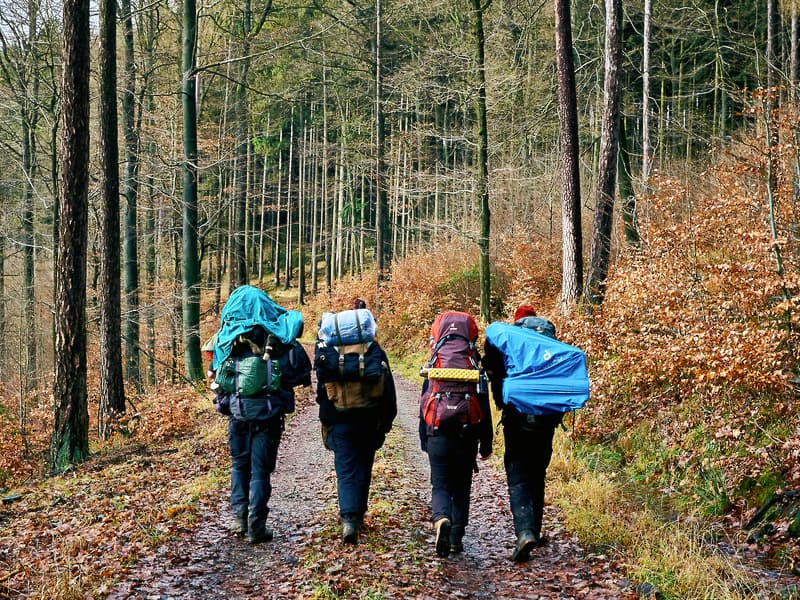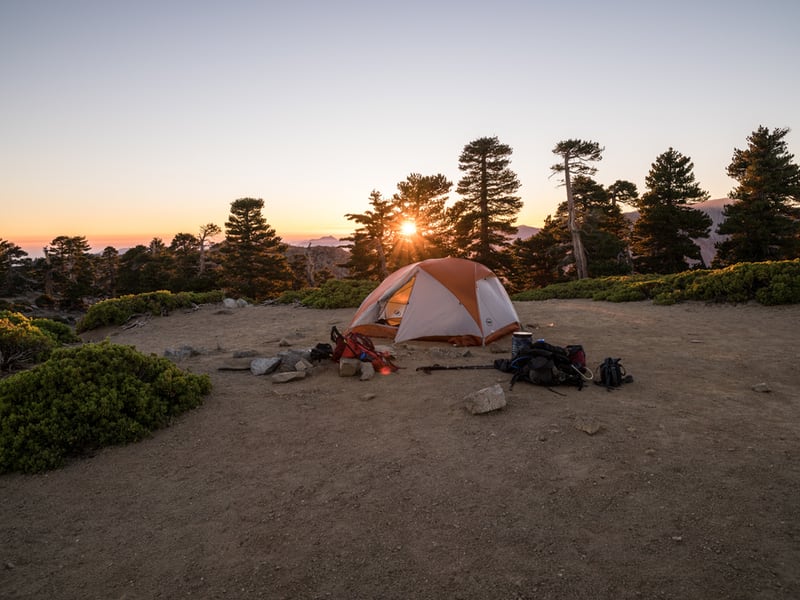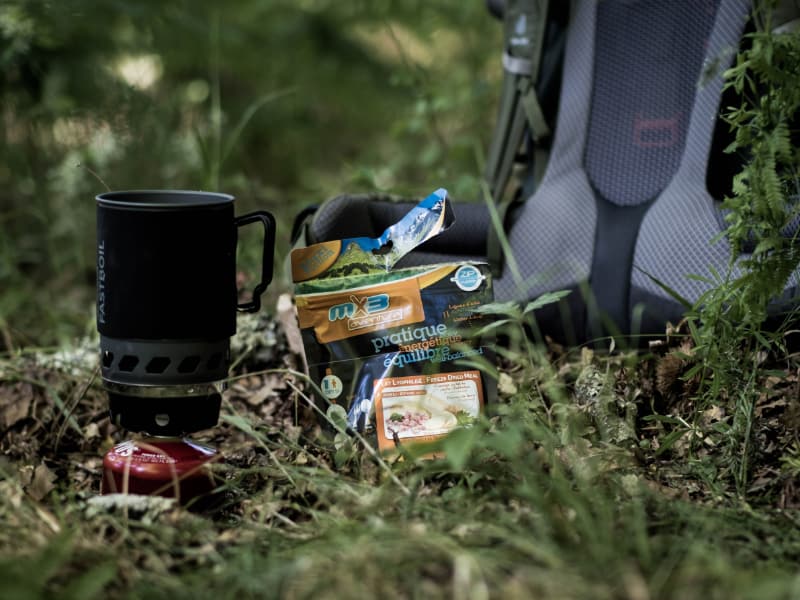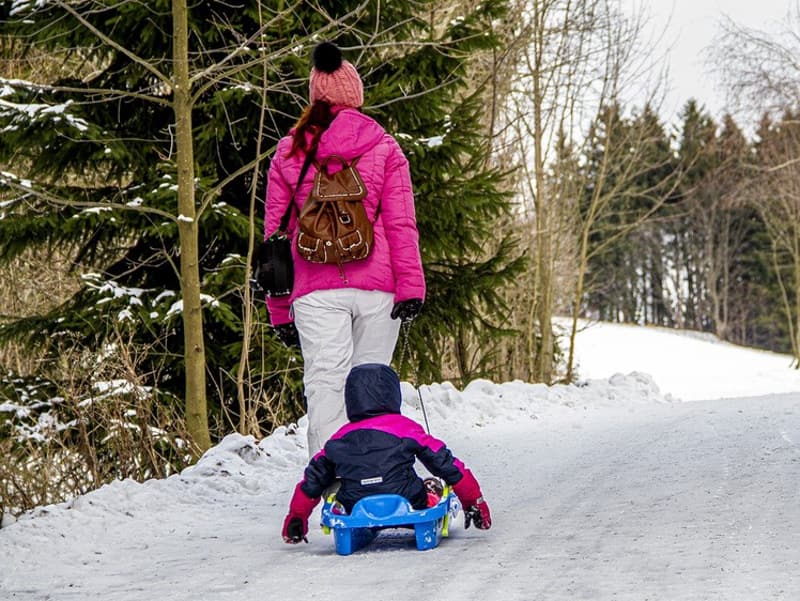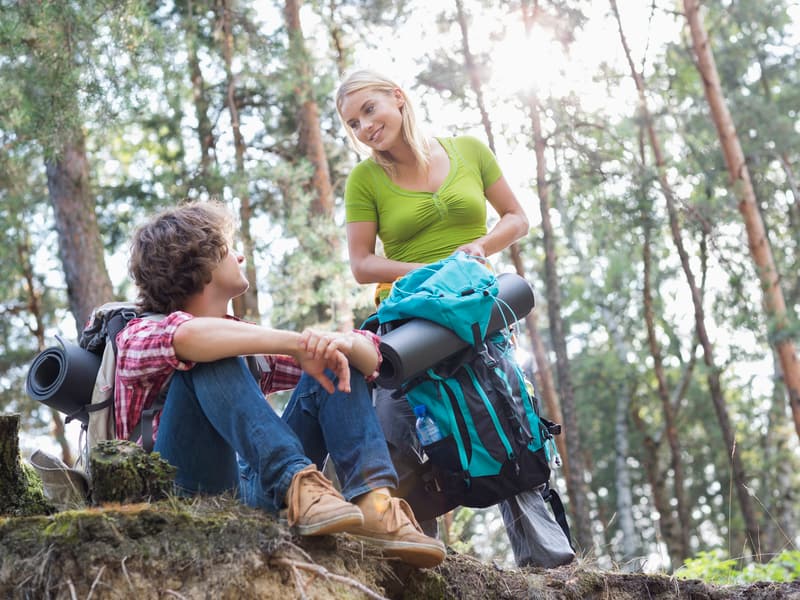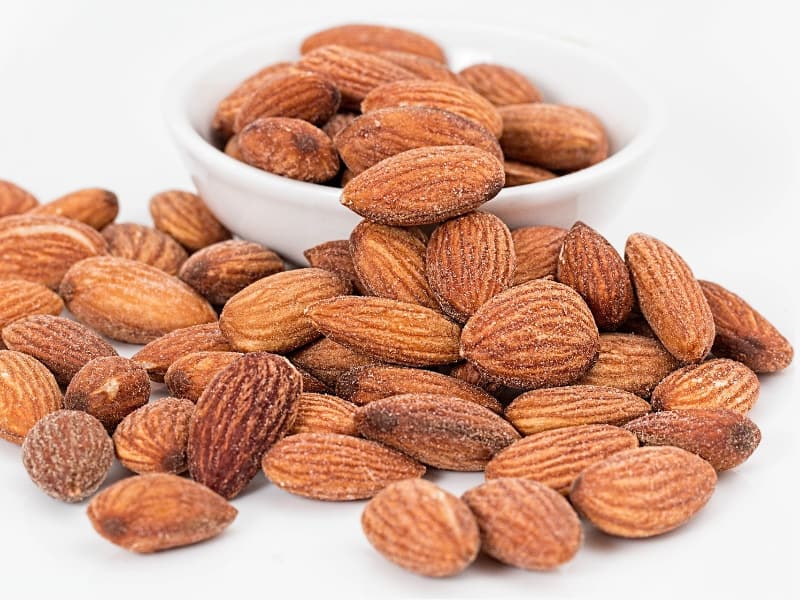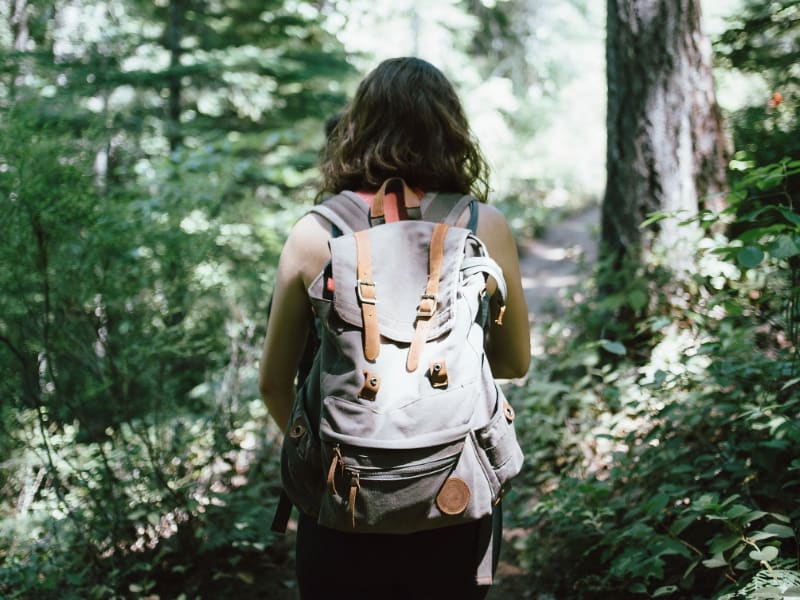Hiking in the great outdoors can make you dehydrated. However, it is best to refrain from using a backcountry water source to quench your thirst. Even the cleanest-looking streams are filled with contaminants and harmful bacteria. Contaminated water may also taste dirty or strange.
So what should you do if you leave your water bottle at home or finish the last drop? There are a couple of ways to safely drink water from natural sources without making yourself sick.
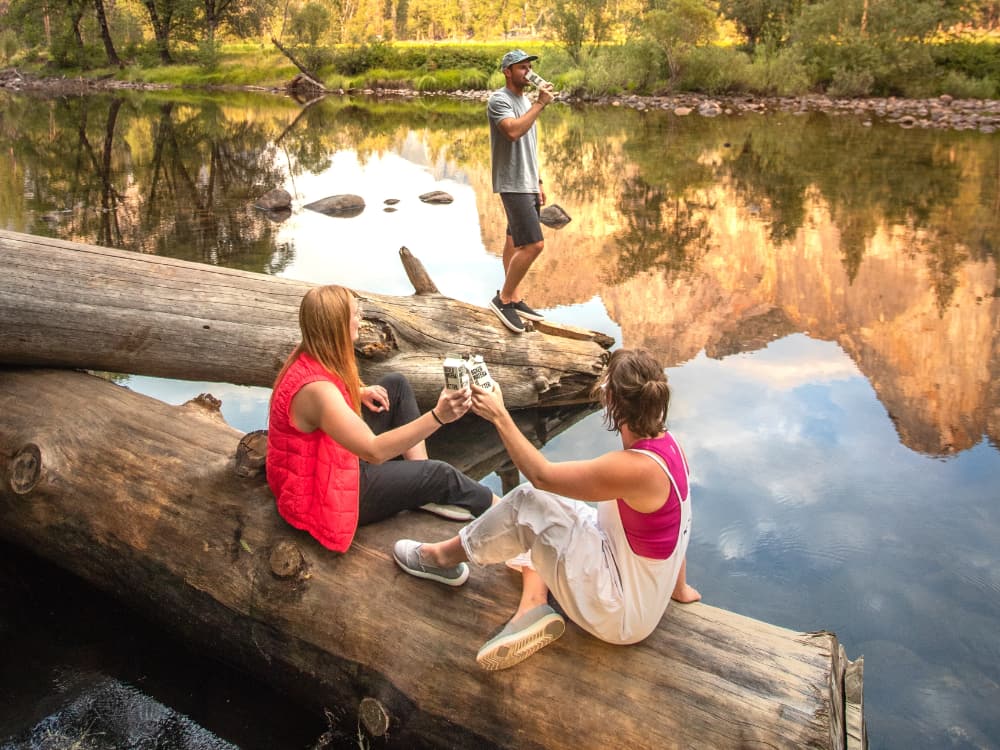
There’s Something in the Water
According to a recent U.K. Parliament report, every river in England is contaminated, with only 14% meeting adequate ecological standards due to sewage, agricultural runoff and plastics. In fact, agricultural runoff accounts for 40% of the U.K.’s natural water body pollution — a greater amount than any other source.
The Labour Party even warned against swimming in waterways. Water companies were responsible for a 2,553% increase in raw sewage discharges in rivers and seas across Britain between 2016 and 2021.
Southern Water, in particular, was fined a whopping £90 million in 2021 after officials uncovered 6,971 illegal sewage discharges across Kent, Hampshire and Sussex.
Does Contaminated Water Taste Bad?
Some contaminants do not have an odour or taste when mixed with water. Others may be foul.
Water contains numerous contaminants, many of which are unsafe for consumption. Microorganisms — or pathogenic bacteria — sediment, inorganic and organic chemicals, and metals are but a few common pollutants.
If the water tastes bitter or metallic, it could have tannins, lead, copper, zinc or iron. Meanwhile, hydrogen sulfide gas — derived from crude petroleum, faeces, sludge and landfill byproducts — often makes the water smell and taste like rotten eggs.
As a rule of thumb, do not drink smelly or bad-tasting water. While some contaminants may not cause harm in small amounts, you do not want to deal with intestinal issues, diarrhoea, vomiting or infection.
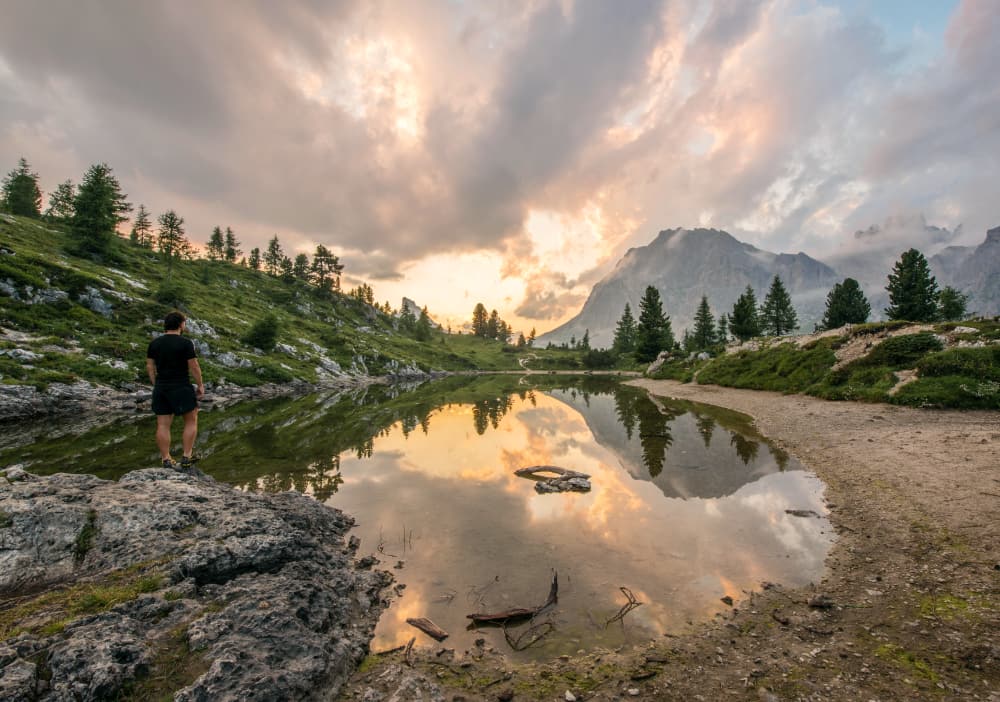
How to Kill Bacteria in Water When Hiking
You can only survive three days without water — meaning, if you are stranded outdoors, finding a potable water source is crucial.
Drinking water from a natural river or stream while hiking is not the best idea. Pollution travels — a crystal-clear brook far from cities and industries still contains infinite impurities.
Yet, suppose you’re far from home or get lost on the trails with an empty canteen. How do you stay hydrated without making yourself ill? You have two options for filtering pollutants from a natural water source: boiling and chlorine drops.
Boiling Water
Boiling water is one of the most efficient ways to eliminate harmful toxins. However, this strategy is best if you’re hiking during a camping trip.
Assuming you forgot to grab a pack of matches as you left the house, you’ll need to spark a flame the old-fashioned way — with friction. Once your fire is burning, boil the water for two minutes — most bacteria and germs die off under 100 degrees Celsius.
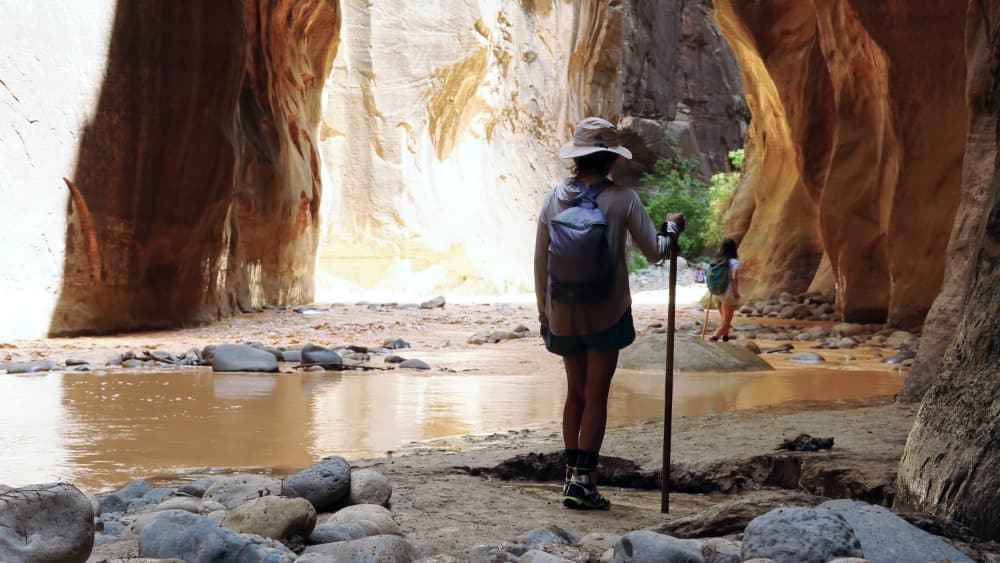
Chlorine Dioxide
For emergencies, hikers should carry chlorine dioxide tablets or liquid drops if they are out on the trails. These tablets differ from those used in pools.
Chlorine dioxide solutions are inexpensive and help purify untreated water for safer drinking. You can fill your water bottle with water from a natural source and add the right amount of chlorine dioxide to neutralise the germs.
Some water purification solutions come in two parts — a sodium component and an activator. Read the instructions carefully to ensure you remove as many contaminants as possible. Although chlorine dioxide will not eliminate all germs and bacteria from water, it will make it potable enough to drink without getting sick.
Research different brands and products before buying chlorine dioxide solutions. Some brands are highly reputable, while others are ineffective. Searching for recommendations from outdoor and survival experts will provide insight into the best potable water drops to bring with you on a hike.
Drink Clean Water During a Hiking Trip
Be mindful of the water sources around you while hiking — some could be more contaminated than others. Regardless, you should always avoid drinking untreated water from anywhere. Practice survival methods for boiling potable water or make it a habit of carrying purifying liquid drops when you leave home.

